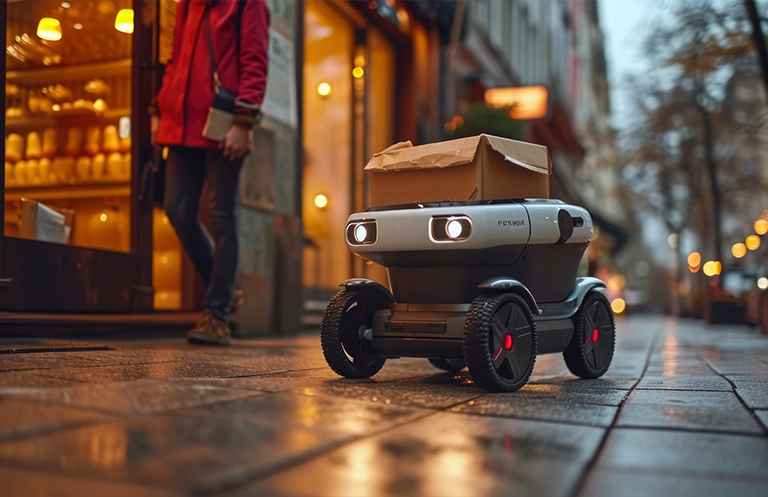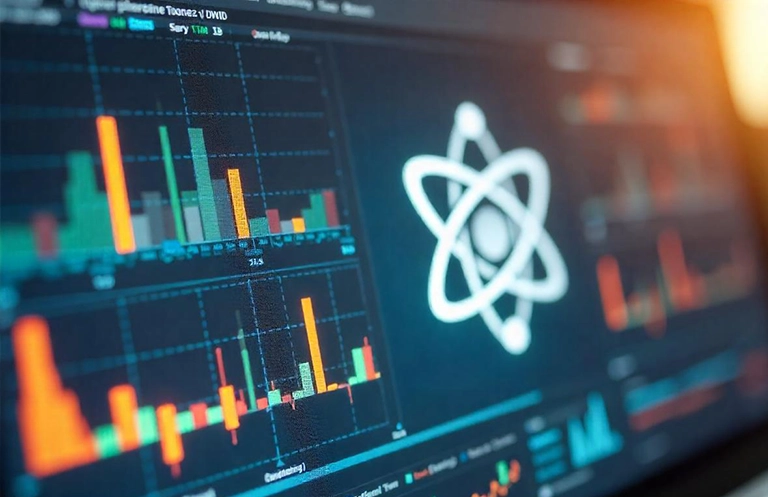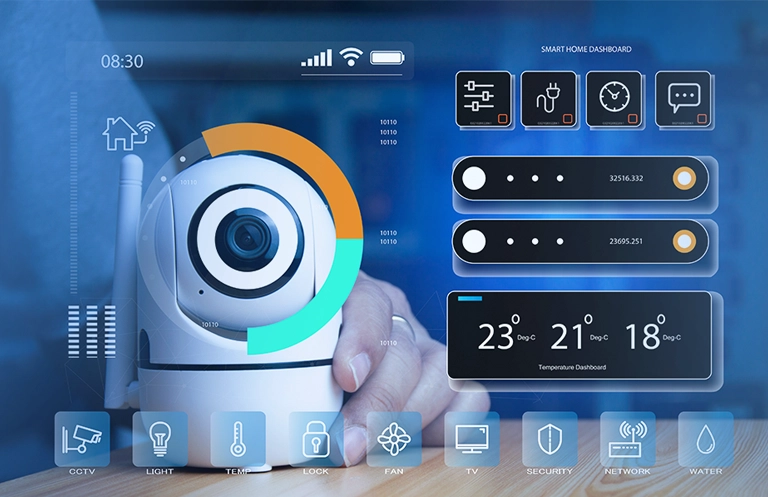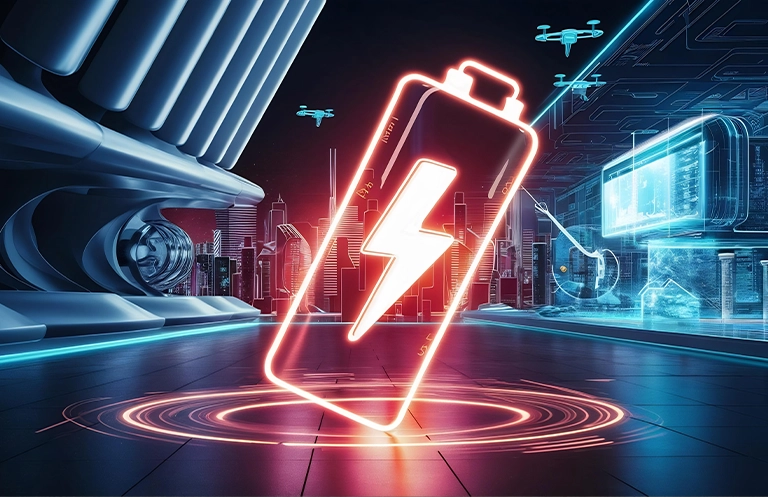Introduction
A signal is a function which conveys different information (i.e. electric, magnetic, and acoustic) about an event. This information can vary over different transmission media- space and time domain. It contains the information parameters like amplitude, frequency, and pulse width. There are two types of signals- analog and digital signals. Analog signal is continuous signal whenever digital signal is a discreate value signal. Real-word signals are voice, audio, video, light, temperature, pressure, etc. When it transfers from one medium to another medium, some unwanted signals may be added, or may be changed characteristics. Noise and Distortion are two different effects of a signal which is unwanted. So, the system’s design should be such that it minimizes the effects of these undesired occurrences.
Noise Audio
Noise is unwanted, unpleasant, and harmful sound details which modify the signals during capture, storing, communication, processing, and transformation. It leads to mental tension and hence it should be controlled. It is measured by comparing the amplitude of the noise to the amplitude of the original signal, a metric known as signal-to-noise ratio. When its value is high, noise is less in an audio signal. Traditionally, noise can be removed by subtractive, identifying frequencies that have higher levels of noise from the original signal.
Types of noise audio: Different four types of noise that affect us.
- Continuous noise
- Intermittent noise
- Impulsive noise
- Low-Frequency noise
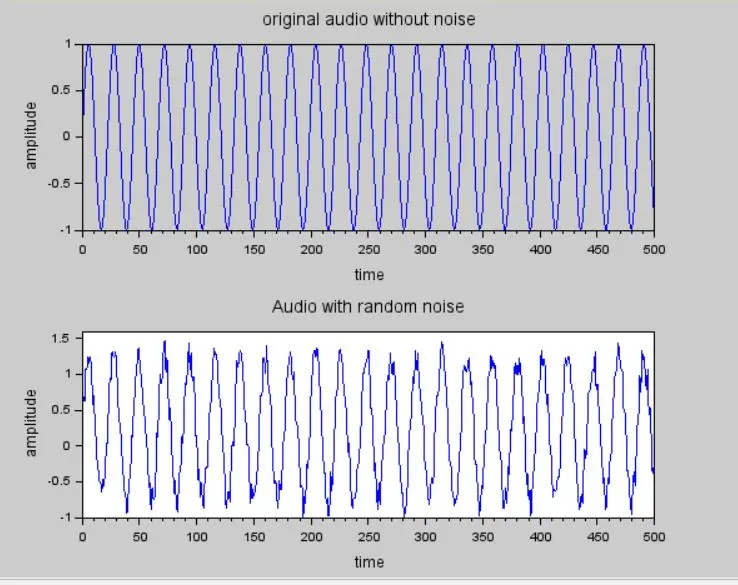
Fig. 1. Original audio and random noise signal
Continuous noise that is produced continuously. For example, engine noise, heating/ventilation system audio.
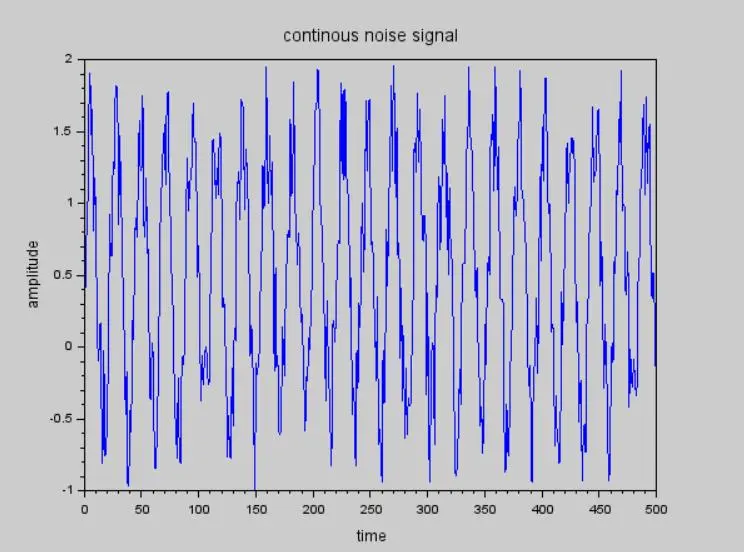
Fig 2. continuous noise audio
Continuoues noise is removed by LMS (Least Mean Square) adaptive filter algorithm[3]. It can be removed by NLMS (Normalized least mean square), RLS (Recursive least square), and LPC (Linear Prediction Filter Coefficients) algorithms.
Intermittent noise which is increment or decrement noise rapidly. It is not generated regularly. For example, when an airplane is flying over your house, a train is passing by you, etc.
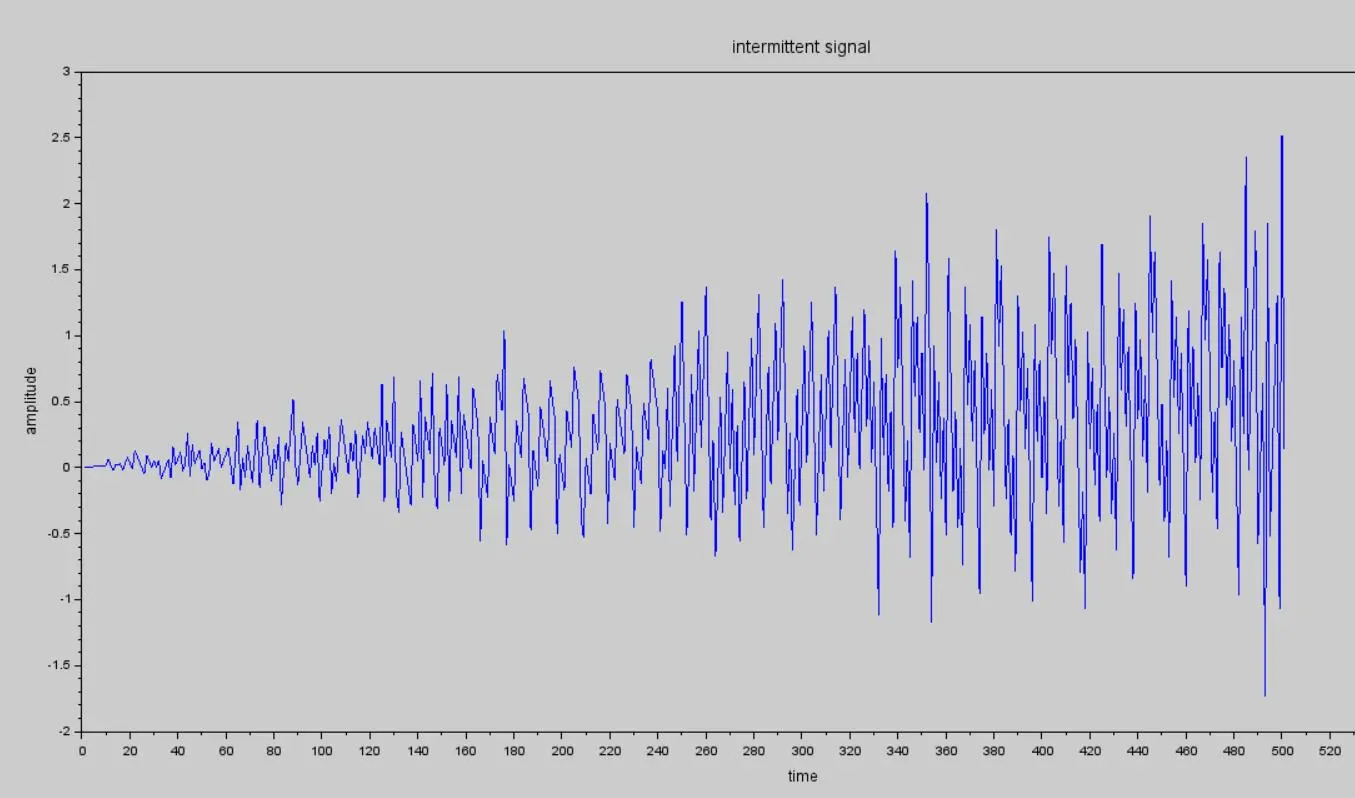
Fig. 3. Intermittent noise audio
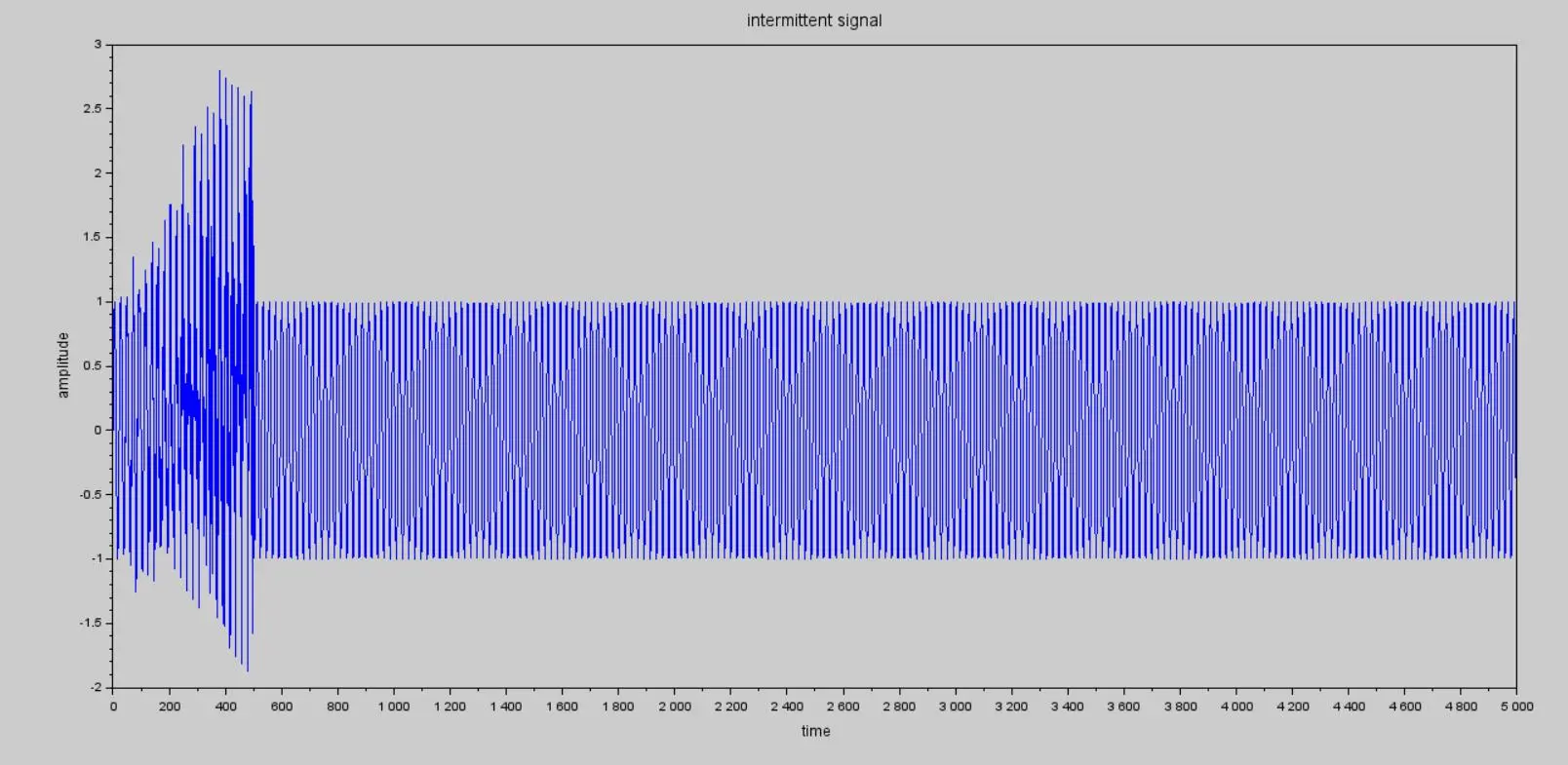
Fig 3, Original audio is affected by intermittent noise audio
Intermittent noise is removed by using NLMS adaptive filter.
Impulsive noise, which is not regularly generated, but it burst the sound surprising. For example, waiters accidentally drop a cup/ dish on the ground in restaurants, construction of sites works, etc.
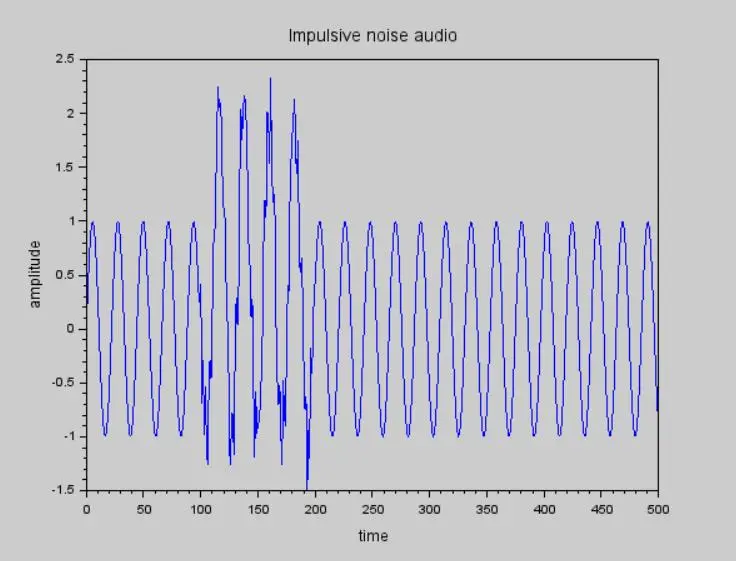
Fig. 4. Impulsive noise audio
Impulsive noise is removed by Signal Dependent Rank Order Mean algorithm [2] and nonlinear filtered-X least mean M-estimate (FXLMM) adaptive filter [7]. Median filter is also used to remove impulsive noise.
Low frequency noise comes from piece in everyday life, or we can say that it is common background noise in urban environment. It is one of the toughest types of noise to reduce. For example, the noise comes from heating/ ventilation system in an office, the ticking audio on a grandfather clock, etc. Low frequency noise comes with longer wavelengths. For the below figure, original audio is playing with 2000Hz frequency and low frequency (50 Hz) audio is added to original audio and generated low frequency noise audio.
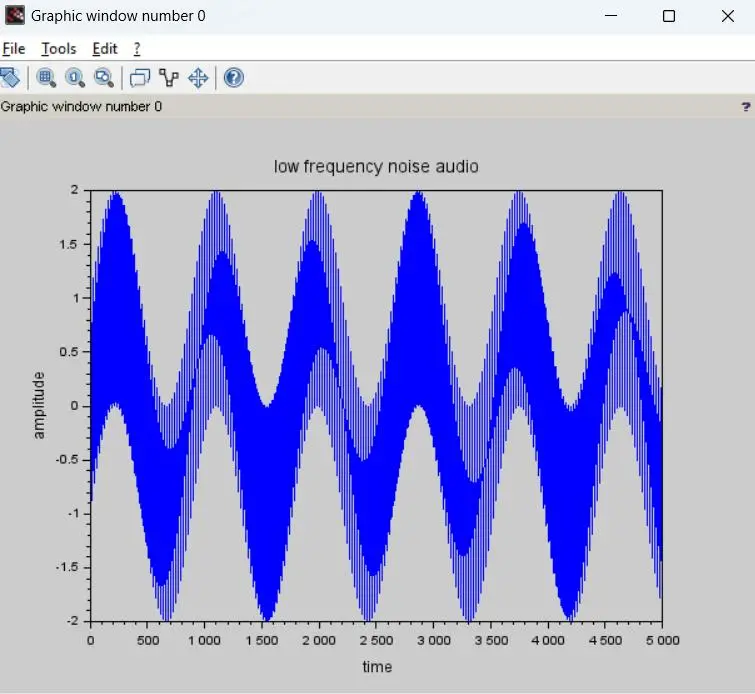
Fig. 5. Low frequency noise audio
AI based noise cancellation algorithm is also flexible and adaptable algorithms, specially to reduce low frequency noise. Low frequency noise can be removed by using NLMS adaptive filter [6].
Distortion Audio
When any changes in a characteristic (i.e. shape of the signal) or content of a signal changes, it is called a distortion of a signal. Distortion of a signal like clipping causes many things (like scratches, pops, and clicks) that mash up to a signal.
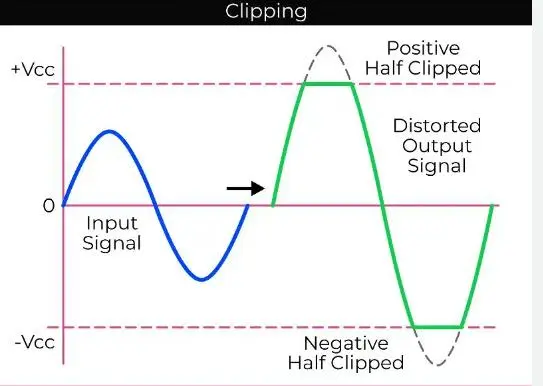
Fig. 6. Distortion of a signal (https://emastered.com/blog/what-is-distortion-in-music)
Distortion of a signal like clipping causes many things (like scratches, pops, and clicks) that mash up to a signal.
Types of distortion:
Type1 – linear distortion which changes amplitude content and phase errors. It is also known as frequency response.
Type2- nonlinear distortion which added frequency content. When multiple frequencies are added to the original signal, it generates harmonic distortion. 500Hz frequency content is added to the 2000Hz audio and generated distorted audio.
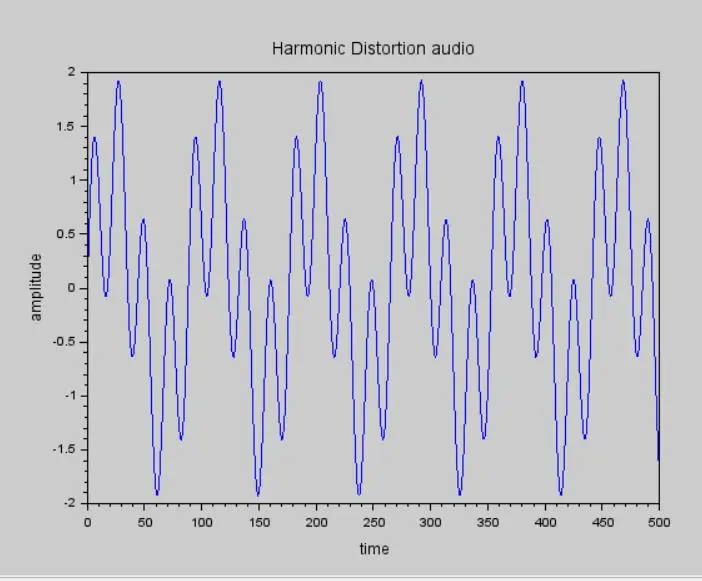
Fig. 7. Harmonic Distortion audio
Type 1(linear) distortion is removed by using declipping algorithm which recovers the signal from the observed samples.
Type 2 harmonic distortion can be removed using wavelet packet decomposition method [4]. It can be cancelled by using differential signaling, using power supply with low output impedance [5]. Using Deep Neural Network with multiple layers, distortions can be removed. It detects the frequency components of distorted audio from affected audio.
Bit crushing distortion occurs when bit depth (resolution or bandwidth) of a signal is reduced, audio quality is reduced. An audio with low bit rate (8-bit rate) will give block audio, like old Mario or Pokémon games’ audio. The bits used in each sample affects to signal to noise ratio directly and generate quantization noise which is like low pass filter white noise. This quantization noise (bit crushing) can be reduced by increasing the bit depth using dithering techniques or applying noise shaping algorithms.
Down sampling distortion occurs by reduction of sample rate of a signal. With this distortion, you gain a ringing, edgy distorted sound. As the sample rate is decreased, high frequencies are aliased. So, to remove these effects, need to apply first low-pass filter and then do down sampling of an audio signal.
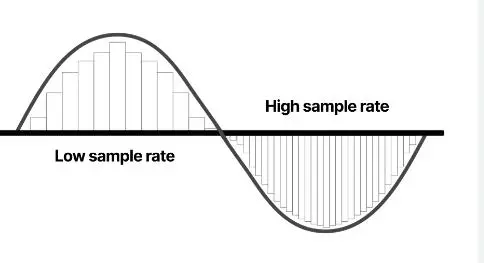
Fig. 8. Low sample rate and high sample rate of an audio (https://www.peterzimon.com/analog-bitcrusher/)
Sample rate and bit depth both together to create a total audio bandwidth. When sample rate and bit depth are less then distortion in audio is more.
Distortion is not always bad. It can be used for enhancing a signal (i.e., rock music). If amplitude of rock music (from guitar) audio is changing, the sound becomes less crisp and clearer.
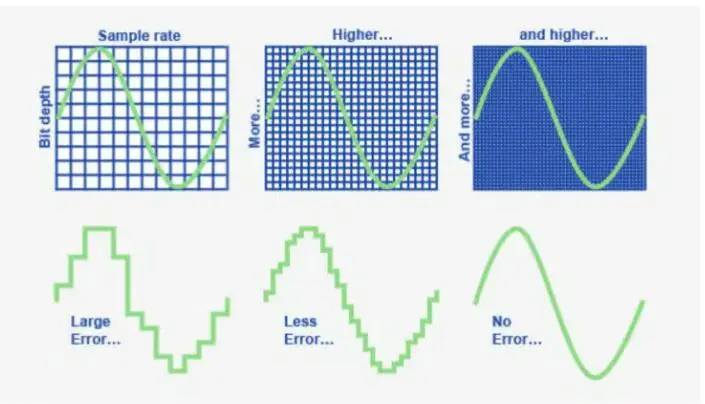
Fig. 9. Distortion audio with respect to sample rate and bit depth (https://unison.audio/sample-rate/)
Difference between noise and distortion
- Noise is an external random signal which is unwanted signal is added to original signal. Wherever characteristic/shaper of a signal is changed in distortion audio.
- The noise effect is harder to remove than distortion effects from a signal.
- Noise has a more random nature than distortion effects.
Conclusion
Noise describes a modification of the signal in which an isolated, unrelated, and unwanted signal is added (i.e. mixed in, superposed) to the original signal. Distortion is changing the characteristic (i.e. shape of the signal) of the original signal.
Reference
- Think DSP by Allen B. Downey, O’Reilly publication,
- C. Chandra, M. S. Moore, and S. K. Mitra, “An efficient method for the removal of impulsive noise from speech and Audio Signals”, IEEE International Symposium on Circuits and Systems (ISCAS), vol. 4, pp. 206-208, Monterey, CA, Jun. 1998.
- J. Cedarleaf, S. Philebert, and A. Ramanathan, “Noise Cancellation Using Least Mean Square Adaptive Filter, 2017.
- T. Anusuya, R. Pratheepa, and E. Vellaiappan, “Removal of harmonic distortion in audio signals using wavelet packet decomposition”, International Journal of Applied Engineering Research, January 2015,
- https://reversepcb.com/what-is-harmonic-distortion-hd/
- Rashmi, Jagtap, and Shweta, “Adaptive Noise Cancellation Using NLMS algorithm”, Soft Computing and Signal Processing book, Springer published, 2019.
- P. Li, X. Yu, “Active noise cancellation algorithms for impulsive noise”, Mech Syst Signal Process, April 2013.
- https://www.makeuseof.com/types-of-audio-distortion-when-to-use/
- https://keydifference.in/distortion-and-noise/
- https://www.differencebetween.com/difference-between-distortion-and-vs-noise/
- https://www.cirrusresearch.co.uk/blog/2020/04/4-different-types-noise/
- https://www.conwed.com/types-of-noise/#:~:text=Noises%20are%20categorized%20in%20four,take%20to%20protect%20your%20hearing.
- https://emastered.com/blog/what-is-distortion-in-music
- https://audient.com/tutorial/the-beginners-guide-to-distortion/
- https://parallelhomeaudio.net/TypesAudioDistortion.html
- https://unison.audio/sample-rate/
- https://crowdunmix.org/the-best-way-to-recover-audio-distortion-using-ai/#:~:text=To%20recover%20distorted%20audio%2C%20signal,sound%20present%20in%20the%20signal.
- https://www.izotope.com/en/learn/how-to-clean-up-audio-and-remove-background-noise.html
- https://www.electronicsforu.com/technology-trends/total-harmonic-distortion-output-inverter-how-to-minimise


